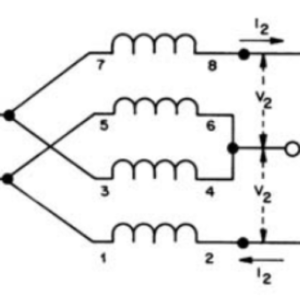
Ok, I’ll come right out and say it: I think the HP ESP120 is one of the best 50V power supplies you can get for home brew LDMOS RF Amplifiers. There, I said it.
First, there’s the price. If you stalk eBay and wait for a seller that has a bunch of these to sell, you can get these for $20-$40 each, shipped. So, the price is right.
With that checkmark out of the way, here are some of the good things about the ESP120.
The ESP120 is made like a tank and designed to produce 51.4V at up to 57A, continuously, 24/7.
Given that, almost no Amateur Radio mode, other than AM, even begins to exercise the ESP120 at all. It just sits there, basically idling, 95% of the time.
Rated at 2950W maximum output, even if your amp has a lousy 70% efficiency and you are outputting legal limit 1500W, you’re only using 72.6% of the maximum output of the ESP120, on peaks.
The ESP120 is easy to enable and turn on.
Probably enough said, but with a simple jumper and 240v AC, you’re up and running. Here’s how to enable.
You can silence the fans!
In case you have not experienced it, 50V server farm power supplies are as loud as a vacuum cleaner, and the pitch of the whine is way more irritating. In most cases, you can do very little about this because most server supplies us PWM to control the fans so the fan speed is reported back to the MCU. So if you slow them down, the supply will switch into standby mode to protect itself. If your fans have more than two wires, it’s a PWM fan.
The ESP120 uses a good ole 2-wire fan so you can slow them down with resistors to near-silent and the supply keeps on supplying. It also continues to run cold in Amateur use. You could probably replace the fans altogether with resistors and be fine.
The ESP120 is fully regulated and “smart.”
Let’s face it, fully regulated power supplies capable of 2950W are pretty rare. And having full regulation while doing things like SSB and CW is a great benefit for linearity and IMD, as the supply is not sagging all over the place.
Also, I call this supply “smart” and what I mean by that is it’s always saving your butt. If it detects arcing, extreme load changes (like a short), or takes on too much RF, and who knows what else, it instantly and silently moves into standby mode. I once had a loose 50V line with the screw on my terminal strip not fully tightened. The ESP120 kept kicking out because it “knew” that load it was seeing was just too erratic.
Here are some photos:





Leave a Reply